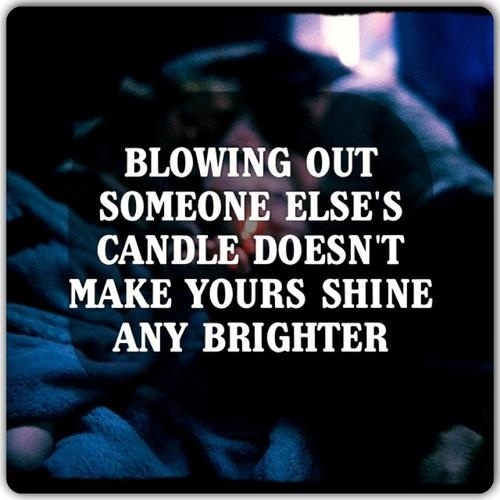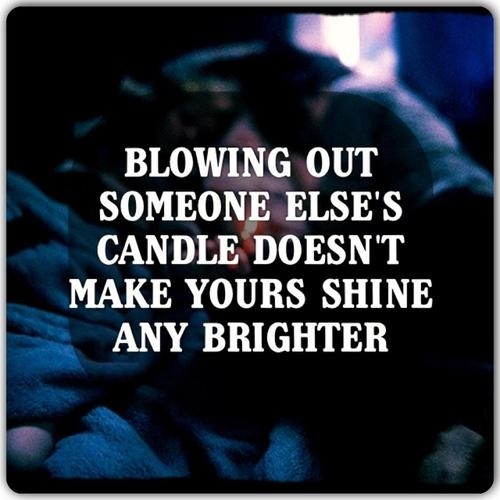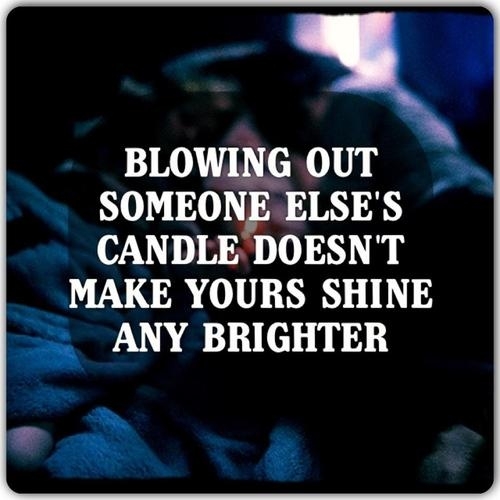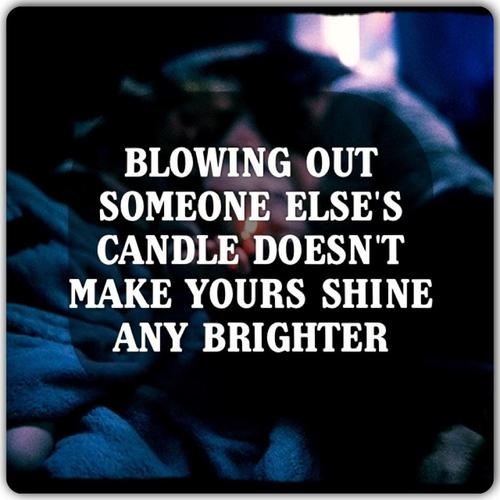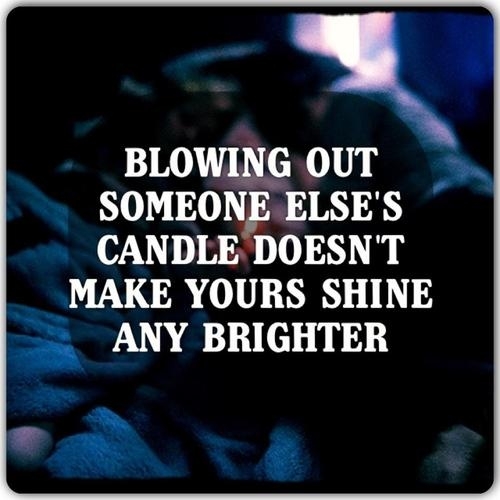Which question would you kick-off a content strategy with?
- What do we put on our landing pages and in our white papers and on our blog?
- What gets our audiences excited or helps them do their job better?
You might say #2 because it sounds right, and you’ve probably thought about this before. But check yourself. Is this really what you’re doing? Or are you producing content because that’s what sites are made of?
Tell me if this sounds familiar: “We need to create landing pages to attract search traffic. We need to write white papers and webinars to make ourselves be seen as thought leaders. We need to have a blog because, well, everyone does.” This is the unfortunate typical thought process for creating online content. Guilty?
#ThinkBigger: Why are you creating content?
Before you embark on churning out content for the sake of churning out content / floundering to generate search traffic / meeting the boss’s quota, consider how these initial questions can help your content strategy:
- We do something awesome. Who is it for?
- What gets those people excited?
- How do we help them be cooler, smarter, richer, happier?
- Where are these people hanging out online or offline (so we know where to get in front of them)?
Answer those questions and that’s not only the core of a content strategy but also a marketing strategy and can ideally fuel your value proposition. What makes you YOU? Is your brand made up of your landing pages and white papers and blog? Or is your brand the perception that anything you produce, regardless of the medium, will be exciting, valuable or entertaining to them?
Let me put it another way: We all know that client/brand who is producing blogs, webinars, papers and infographics with no engagement, no readers, no love. That content is missing some strategy. It’s a cart-before-the-horse situation, I’d argue oftentimes even a cart-without-a-horse situation, and it’s rampant in online business.
Content strategy: Whose job is it?
For agencies like SEOgadget, it’s often us. We go in to work with a brand and look at their audiences, their needs, and what they’re producing to meet those needs. We work with their editors, product managers, web devs, PR teams , biz dev, accessibility, and marketing teams to understand what’s valuable to those audiences and get in front of them. Without agencies who do what we do, whose job is it to work across these channels internally to produce valuable, meaningful and impactful content where your audiences are hanging out online?
Barry Lowenthal hit the nail on the head in this AdWeek article titled Why Companies Need a Head of Content Strategy, Creation and Distribution. In it, he says:
“They need a head of Content Strategy, Creation and Distribution. This staffer should be at least vp level and report to the CMO. It makes sense that this person live in marketing, but he or she is going to have to build relationships and bridges to every part of the organization and teach companies to think about all published materials as content. Very importantly, they must evangelize the importance of content in driving business results and help the entire company think about whether or not a piece of content is worth sharing.
I bet many senior executives think this person already exists in the organizations, but I’m pretty sure they’re wrong. I think a number of people—creative directors at fashion companies, CMOs at just about every company and vps of advertising at companies lucky enough to have money to invest in media—think they manage content. And to some extent they do. But their telescope into content opportunities is very narrow. I’m also convinced that these executives are thinking about advertising content or content created specifically for promotional purposes. There’s a much bigger opportunity for companies when they start to think of any asset as a content opportunity, and very few people at even fewer organizations are tasked to think about content in the broadest sense.”
Lowenthal’s perspective is fresh, and I’m really excited to see that kind of content on AdWeek. It seemingly validates our industry’s move from simple “content is king” -type SEO into real content strategy and content marketing. Bravo.
Companies who understand their audiences – eat, live, breathe, contribute and engage with their audiences – they’ll be much more likely to inherently know what to produce, how to produce it, and where to produce it than companies flailing to create content for content’s sake. And companies who have someone at the helm of working laterally across teams to unify it all, IMHO, win.
- Cover photograph “Peacock Alley” by © Andrew L. Moore
The post Why Your Expensive, Time-Consuming Content Doesn’t Work. appeared first on SEOgadget.

SEOgadget
![]()















